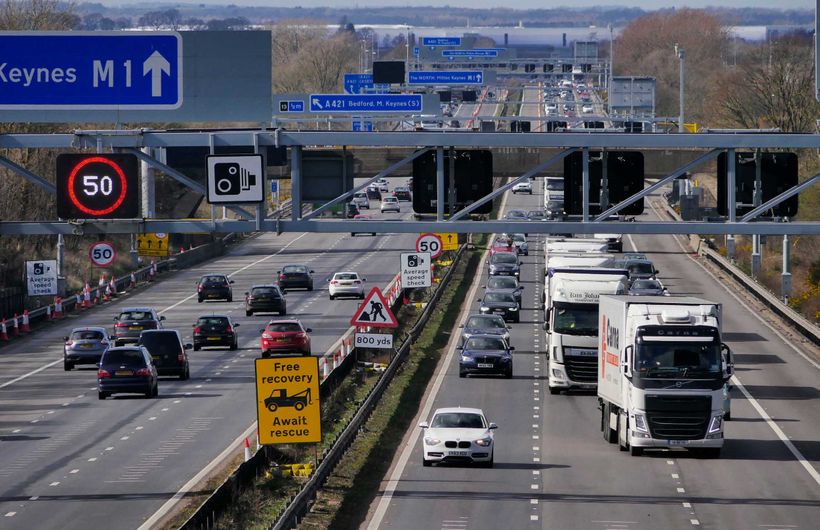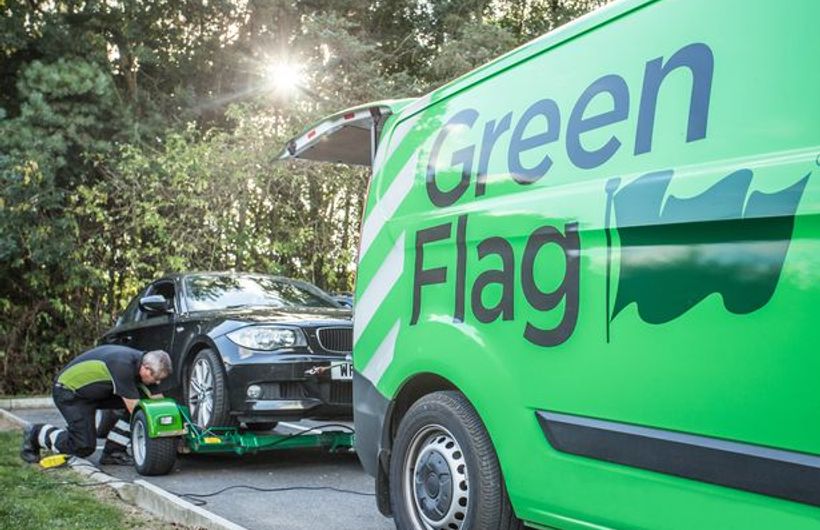What is a Smart motorway?
Smart motorways were first introduced to the UK in 2006 and are roads which are designed to increase the traffic capacity by opening up the area traditionally used as a hard shoulder so it can become a ‘live lane’.
The motorway is monitored by radar and cameras so if there is a problem, an operator can introduce a temporary speed limit and close lanes if necessary.Although there is no hard shoulder, there are ‘refuges’ at regular intervals which can be used if you break down.
There are now about 375 miles of smart motorway in England, including 235 miles without a hard shoulder.
Why were they introduced?
Adding an extra lane of traffic at peak times is obviously hugely beneficial for traffic flow and creating them costs a fraction of the amount needed to add extra Tarmac to a road to make it wider, it also has less environmental impact. National Highways say that the M42 smart motorway pilot cut personal injury accidents by half.
Why are they controversial?
Mainly because people feel unsafe on them. There have been some tragic deaths too, with 38 people killed on smart motorways between 2014 and 2019.
As a result, the Government has announced the rollout of new ALR smart motorways will be paused until a full 5 years' worth of safety data becomes available.
What should I do if I have a problem with my car on smart motorway?
Breaking down on any type of motorway is dangerous, even if there is a hard shoulder. So you should make every effort to make sure your car is in good condition and will be able to get you to your destination.
That includes the battery charge on an electric car - if you don’t think you will be able to get to the next charger, then you should pull off the motorway and stop somewhere safe before calling for help.
The car will give you plenty of warning before it runs out completely – more than you’d get in a petrol car in fact.The same goes for warning lights - if the vehicle tells you there is an issue, such as with a loss of pressure in a tyre, then start planning a way to a safe place straight away.
 Large sections of the M1 are being converted to 'smart' running to ease congestion
Large sections of the M1 are being converted to 'smart' running to ease congestion 













